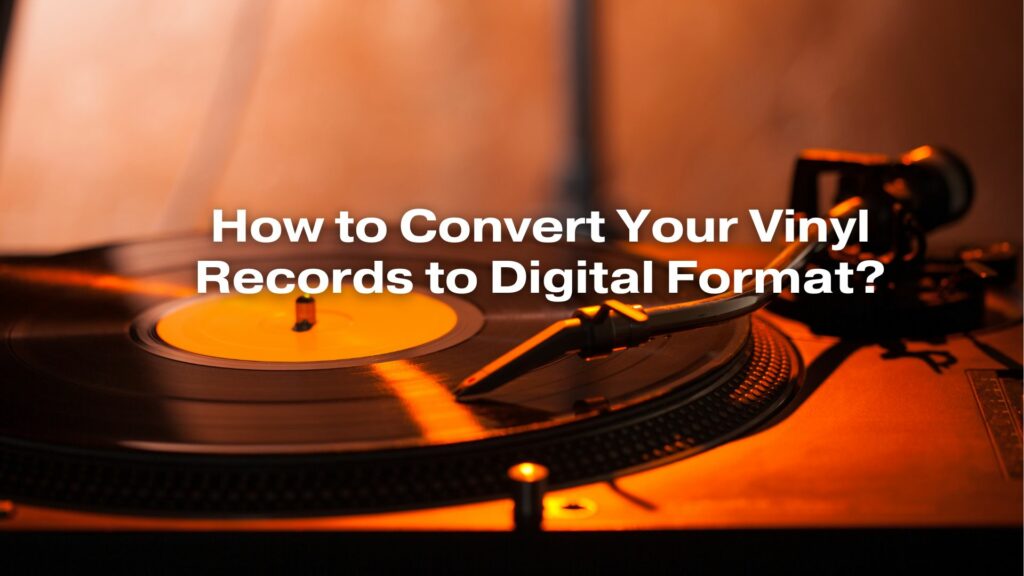Converting your vinyl records to digital format allows you to preserve and enjoy your analog collection on digital devices like computers, smartphones, and portable music players. Here’s a step-by-step guide on how to convert vinyl records to digital format:
Equipment and Software You’ll Need:
- Turntable: A working turntable in good condition is essential.
- Cartridge and Stylus: Ensure your cartridge and stylus are in good shape for optimal audio quality.
- Phono Preamp: If your turntable doesn’t have a built-in preamp, you’ll need an external one to amplify the turntable’s output.
- Computer: You’ll need a computer to record and edit the audio.
- Audio Interface: An audio interface is necessary to connect your turntable to your computer. Choose one with a phono preamp or use a separate preamp if needed.
- Recording Software: You’ll need recording software, such as Audacity (free) or Adobe Audition (paid), to capture the audio from your turntable.
- USB Cable or Audio Cables: Use the appropriate cables to connect your audio interface to your computer.
Steps to Convert Vinyl Records to Digital:
- Set Up Your Turntable:
- Ensure your turntable is clean and in good working condition. Check that the cartridge and stylus are properly aligned and that the tracking force is correctly set.
- Connect Your Turntable:
- Connect the turntable’s audio output to the input of your audio interface using the appropriate cables. If you’re using an external phono preamp, connect it between the turntable and the audio interface.
- Connect Your Audio Interface:
- Plug the audio interface into your computer via USB or another suitable connection.
- Select Recording Software:
- Open your chosen recording software on your computer. Ensure that the audio interface is recognized as the input source.
- Set Audio Parameters:
- Configure the recording software to use the correct input source and adjust settings like sample rate and bit depth. Typically, a 44.1kHz sample rate and 16-bit depth are suitable for CD-quality audio.
- Start Recording:
- Place the vinyl record you want to convert on the turntable and cue it up. Begin recording in your software and carefully lower the stylus onto the record. Let the entire side play, and then lift the stylus and stop recording when it’s finished.
- Save the Audio File:
- Save the recorded audio as a digital file, typically in a common format like WAV or FLAC for maximum audio quality. You can later convert it to other formats like MP3 or AAC if needed.
- Edit and Enhance:
- You can use audio editing software to clean up and enhance the recording by removing pops, clicks, and noise. Be sure to preserve the original audio quality while making improvements.
- Organize Your Digital Collection:
- Create a system for organizing and naming your digital music files. Include essential metadata like artist, album, track titles, and album artwork.
- Back Up Your Collection:
- After digitizing your vinyl records, make sure to back up your digital music collection to prevent data loss.
- Listen and Enjoy:
- You can now enjoy your vinyl records in digital format on various devices and share your favorite music with ease.
Remember that converting vinyl records to digital format can be time-consuming, but the result is a digital library that allows you to preserve and enjoy your vinyl collection while minimizing wear on the records.


